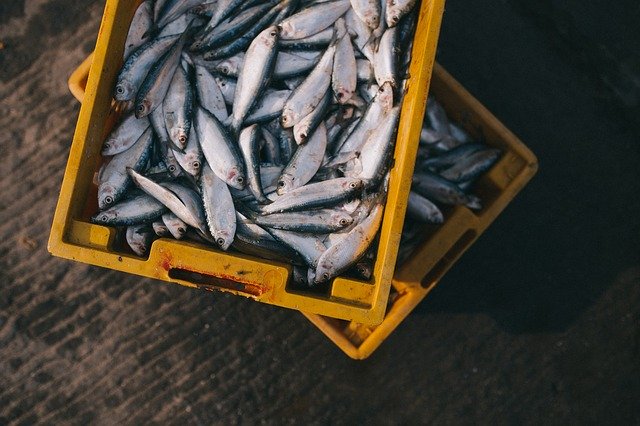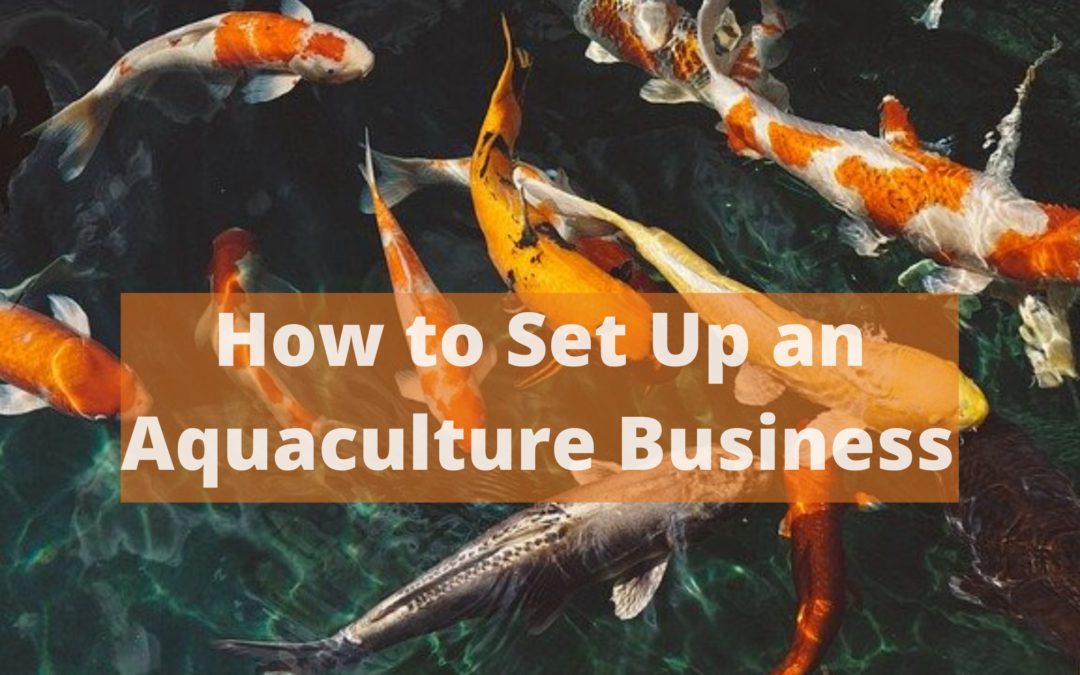Aquaculture is a smart business to get into – people always need to eat. If you have an aquaculture business, you can produce food with great margins in many different areas. If you’re looking to set up an aquaculture business, here’s how to plan it:
Choose a Species
You should have a good idea about what species you want to work with and what impacts that species. If you’re going to set up an aquaculture farm abroad, shrimp can be valuable and profitable as they can be farmed in intensive farming units. White shrimp are the most commonly farmed shrimp, especially in Thailand, whereas Tiger prawns and river prawns can be higher value but are harder to grow (river prawns can be worth over £20 per kg from the farm). You need to do your market research.

Chose a Location
The UK and USA currently have a seafood deficit; there are comparatively few aquaculture operations in these countries, so if you’re planning on starting a massive operation, it will be worth speaking to the government and asking about any incentives that you might be able to enjoy. The UK specifically will have higher cost fish on the market due to the trading difficulties placed on Britain by Brexit, so it will be worth starting a higher value fish farm in the UK. There are even a few caviar operations in the UK. Be advised that you’ll have to apply for the right licenses before you start your operation.
Understand the Market Risks
Aquaculture isn’t a safe business by any means. There are inherent risks involved depending on the species you are farming. Insurance is a must to protect from disease (especially if you’re farming white shrimp, as EMS can decimate your farm as it decimated Thailand’s entire shrimp industry). You also need to look at the sources of protein that you will feed your aquaculture species. Protein is the most expensive element of their diet, and most protein comes in the form of fishmeal.
You might be tempted to use soymeal as a cheaper source of protein, but this is only advised if you’re farming very low-value species as, according to JustAgric, it contains anti-nutrients that can reduce yield and damage fish health. The price of fishmeal is volatile, which means that you might need to take out a short term loan in the event of a market shock. The classic example is El Nino, which can dramatically impact the price of fishmeal around the world as it causes fish to be driven deeper away from the shorelines of South America (where fish for fishmeal are harvested). This makes the catch of fish much lower, which drives the price up.
Sustainability
As this blog has noted before, going green is good for business as well as the earth. That’s why it’s especially important to consider sustainability, especially because the price of fishmeal is looking to increase indefinitely. Consider integrating alternative proteins into your project, though you will be hard-pressed to find them at a good enough cost at the moment. Depending on your scale, it can be worth starting your own backyard alternative protein farm, farming insects to feed to your fish or shrimp on a small scale.
P.S: To learn more about aquaculture – Join our Ecolonomic Action Team(EAT FREE) where you can make a little money making the planet better!
Related Articles and Resources:
Commercial Shrimp Farming Business to Feed the World



